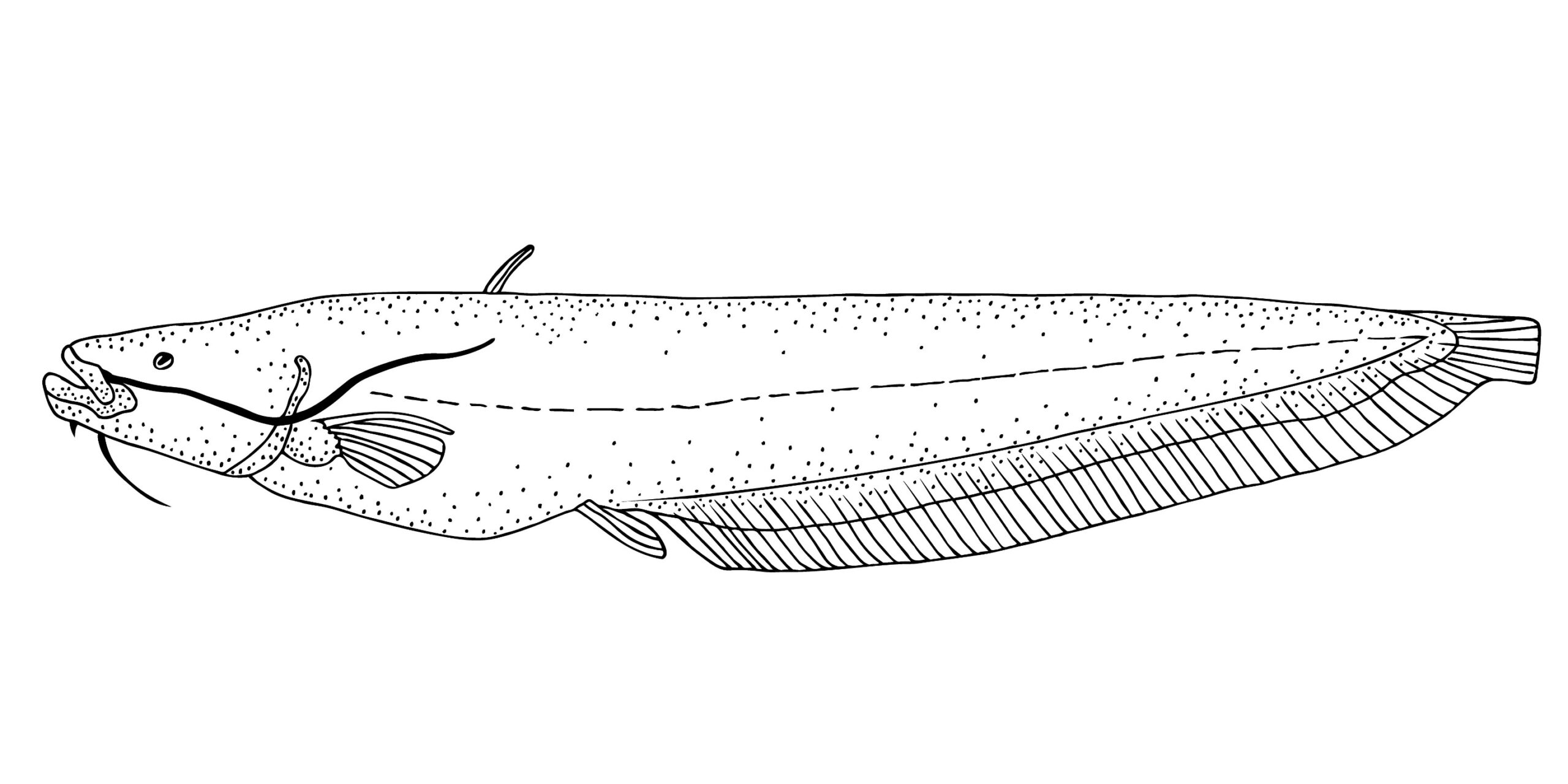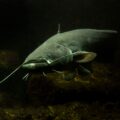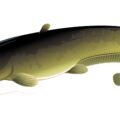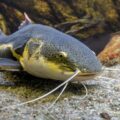The Wels catfish displays the characteristics of an invasive species. The Wels catfish is considered invasive when found in areas outside its natural habitat. The Wels catfish is not introduced in the US because of its invasive tendencies. Wels catfish have a vast habitat, and they are found all over Europe and in some countries in Asia, as well.

What is an invasive species?
An invasive species enters water that is not its natural habitat and, as a result, causes environmental harm or harm to humans.
The Wels catfish was native to Eastern Europe Eurasia, including the waters of the North, Baltic, Black, Caspian, Aral, and Aegean Sea drainages, which includes central and Eastern Europe from Germany and Poland to central and west Asia. It was also found in southern Sweden, Greece, Iran, and Turkey. It is still found in these places, but the habitat of the fish has expanded even more. Now you can find the Wels catfish southward and westward in the Mediterranean basin, including France, Italy, Tunisia, Algeria, Brazil, and China.
Already, the native habitat of the Wels was pretty broad, but now it has expanded even more. In its natural habitat, it is part of the environment and the food chain, so its numbers stay constant. When Wels catfish are introduced to newer waters, they compete for resources, and soon, their numbers expand, and it is considered an invasive species. Experts believe it is a very harmful species, especially in Spain, and if its population is not controlled, the number of natural fish will be harmed.
What makes Wels catfish an invasive catfish?
Many factors classify the Wels catfish as invasive. Here are some of them and why countries do not want the Wels catfish to invade their waters.
Competes for food
The young Wels catfish feeds on small plankton, but the fish grows very large. As the fish grows, it feeds on native fish species, amphibians, mammals, and birds. As a result, this causes the biodiversity in those areas to be negatively affected.
The Wels catfish can grow to be 6 feet to 7 feet in size, so it is a big fish that needs a lot of food. Especially in Europe, it feeds on such as Allis shad and Atlantic salmon, whose population is already in decline. This makes the Wels catfish an invasive species. It even attacks birds, snakes, and other land mammals whose populations are also affected by the presence of the catfish.
Even when the fish is not eating the local fish, it competes for food with the native fish, which causes their number to decline again. It feeds on smaller fishes that other larger local fishes also feed on. If the Wels catfish gets all the food, it causes the other fish to get less food, making them weaker and growing smaller.
Takes up space
Along with eating a lot of food in the water, the Wels catfish also takes up a lot of space. As we already know, the fish generally get around 6 feet to 7 feet in size, but they can also get as large as 10 feet to 15 feet in rare cases, and they can end up weighing more than 600 pounds.
This means that the catfish take up a lot of space in the water, but that is even worse because the Wels catfish is highly territorial, so it attacks any fish near its habitat. Therefore, the result is that the native fish do not get enough space, and the lack of space can make them stressed and cause them to die early.
Lives long
The average lifespan of the Wels catfish is 20 years to 25 years, but the fish can live for as long as 80 years. This means that the fish usually dies by being attacked to fish, but not a natural death. The natural death of Wels catfish is pretty far away.
The fish’s lifespan is super long, so it competes for resources with the local fish for a long time. Just one Wels catfish in the water can cause the biodiversity of the water to be negatively affected for a very long time. This is another classification of an invasive species.
It lays a lot of eggs
Although the Wels catfish only reproduces once a year, when it does reproduce, it lays many eggs. This, combined with the long lifespan of the Wels catfish, means that the water will be infested with this species for a long time.
The female Wels catfish can lay anywhere from 8,000 to 700,000 eggs simultaneously. Once the eggs are laid, the male Wels catfish guards them aggressively until they grow big enough to defend themselves. This not only makes the survival rate of the eggs higher, but it also means that the male Wels fish is more likely to be aggressive towards other organisms in the water.
Easily adapts
The Wels catfish started with their population only in one part of Europe and Asia, and now they have expanded all over. When these fish are introduced artificially into another water, they do not die; they adapt.
Therefore, they can easily fit into new water. So, if the fish is introduced in the US or any other country that does not have a fish population, it can quickly adapt and reproduce by taking the resources from the native fish.
Can transfer diseases
Finally, the Wels catfish is not the cleanest creature. It usually stays at the bottom of the water near a muddy substrate and eats the leftover food. These fish also do not have scales, so harmful chemicals can be absorbed by the fish quickly.
The Wels catfish can carry harmful pathogens and parasites like spring viremia of carp and European sheatfish virus to native fish populations. These will decrease the population of these fish and can transfer the diseases to humans as well. Not to mention, there have been reports of the catfish being aggressive towards humans as well.
Conclusion
There are many reasons that the Wels catfish is considered to be an invasive species. Its ability to adapt to different environments and its voracious feeding habits have enabled it to outcompete native species and disrupt ecosystems.











